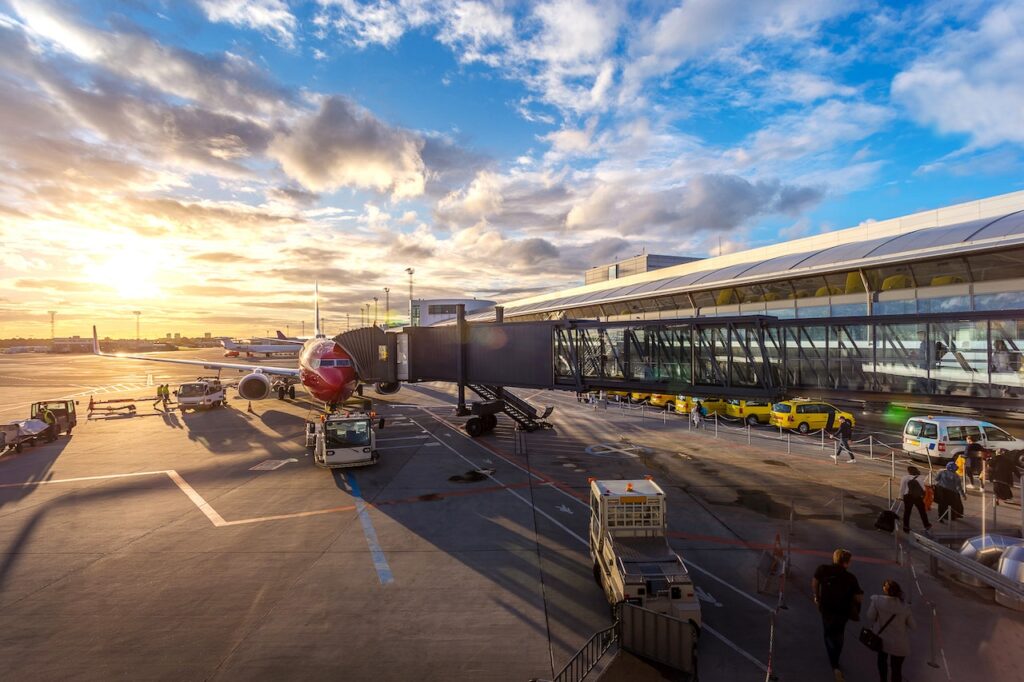Augmented Reality (AR) is no longer a futuristic concept, it has already made significant headway into various industries, including the aviation industry. AR is rapidly gaining popularity as a cutting-edge technology that can help maintenance and inspection teams to improve their work quality and efficiency. In this article, we will delve deeper into what AR is, how it works, and the advantages it brings to aircraft maintenance and inspection with Altus Malaysia.
What is Augmented Reality?
Augmented Reality (AR) is a technology that integrates digital information into the physical world. In simple terms, AR overlays digital content on the user’s real-world environment, creating an immersive experience. AR technology utilizes devices such as smartphones, tablets, and smart glasses to project digital information onto the user’s field of view.
How does Augmented Reality work in Aircraft Maintenance and Inspection?
AR technology in aircraft maintenance and inspection involves the use of smart glasses equipped with software that displays digital information about the aircraft and its components. Maintenance technicians wearing the smart glasses can see technical information, schematics, and 3D images of aircraft parts in real-time. They can also access digital instructions, manuals, and checklists, allowing them to perform maintenance tasks and inspections more efficiently and accurately.

The Advantages of Augmented Reality Solutions for Aircraft Maintenance and Inspection
- Enhanced Safety: Aircraft maintenance and inspection are critical processes that require a high level of precision and accuracy. With AR technology, technicians can work hands-free, allowing them to perform tasks without taking their hands off the aircraft. This improves safety and reduces the risk of accidents, especially when working at heights.
- Increased Efficiency: AR technology streamlines maintenance and inspection processes, allowing technicians to complete tasks faster and with greater accuracy. The technology also reduces the need for paper manuals, checklists, and drawings, making it easier for technicians to access the information they need.
- Improved Training: AR technology can be used in training programs to teach new technicians how to perform maintenance and inspection tasks. The technology provides a more interactive and immersive training experience, making it easier for trainees to understand complex procedures.
- Cost Savings: AR technology reduces the time and resources required for maintenance and inspection tasks. It also reduces the risk of errors, minimizing the need for rework, and ultimately saving costs.
Conclusion
In conclusion, Augmented Reality solutions are revolutionizing the way aircraft maintenance and inspection is done. By providing a safer, more efficient, and accurate way to perform maintenance and inspection tasks, AR technology is quickly becoming an essential tool in the aviation industry. As AR technology continues to develop and evolve, it is expected that more aircraft maintenance and inspection tasks will be performed using this technology. The use of AR technology in the aviation industry will undoubtedly increase the productivity and accuracy of maintenance and inspection teams, ultimately leading to safer and more efficient aircraft operations.
